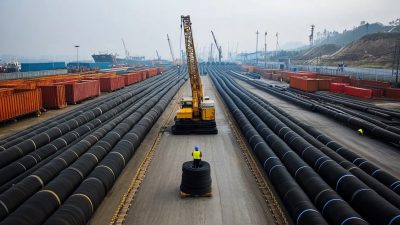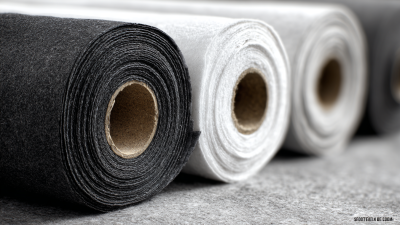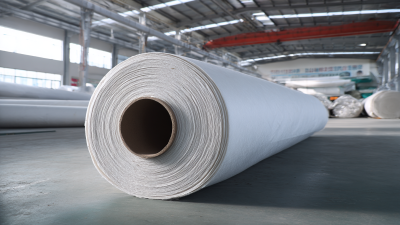Inquiry
Form loading...
- Phone
- E-mail
In the realm of civil engineering and construction, the use of geotextiles has become increasingly vital for various applications, contributing to improved performance and cost-efficiency. Among the various types of geotextiles, PP geotextiles stand out due to their unique properties and versatility. This blog will delve into a comprehensive comparative analysis of PP geotextiles, evaluating their performance attributes, cost considerations, and practical applications across different sectors. By examining the strengths and weaknesses of PP geotextiles in comparison to other materials, we aim to provide insights for engineers and industry professionals seeking optimal solutions for soil stabilization, drainage systems, and erosion control. Understanding the nuances of PP geotextile performance can lead to informed decision-making that enhances project outcomes while managing budget constraints effectively.
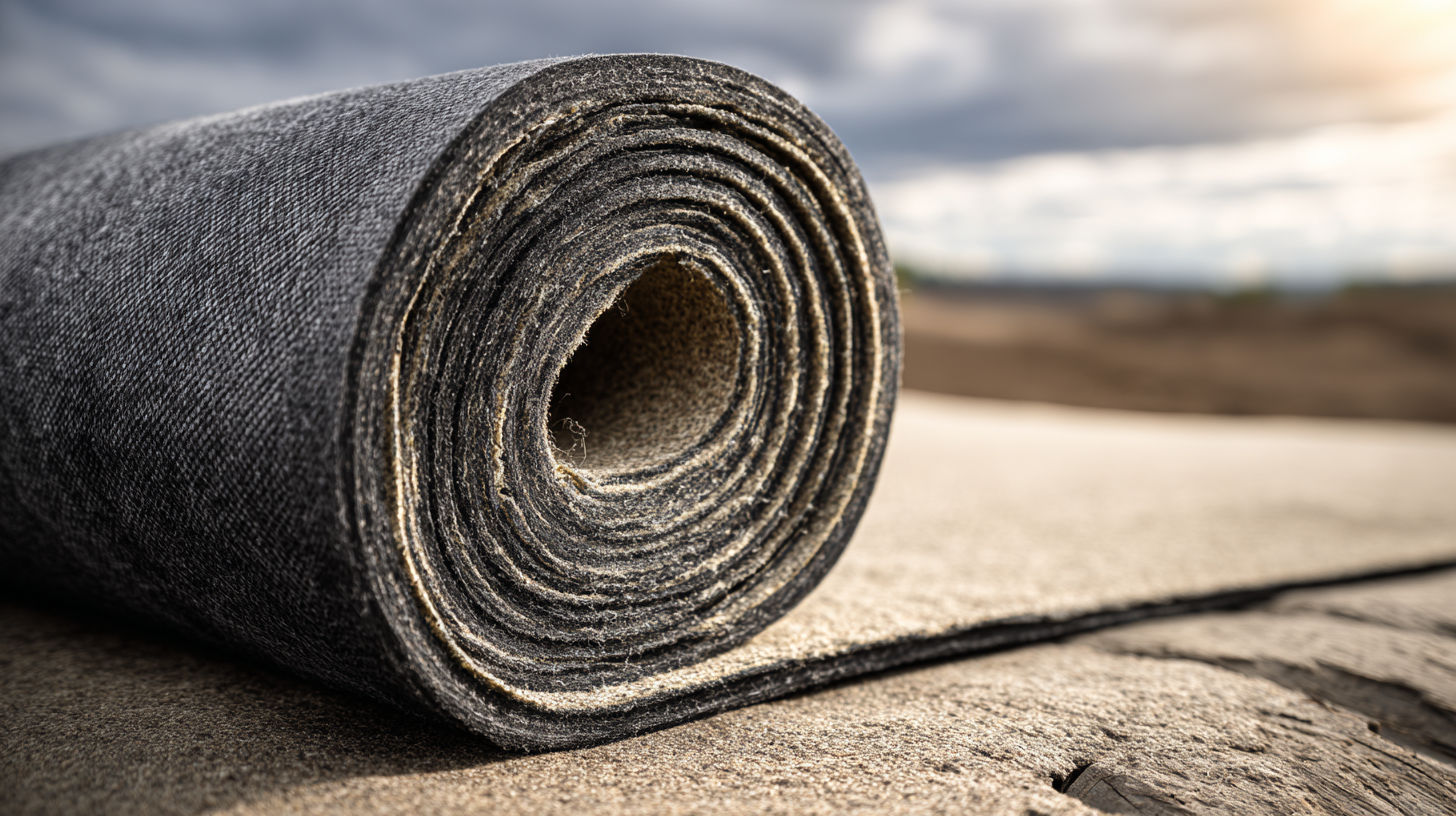
Polypropylene (PP) geotextiles have gained significant attention in recent years due to their impressive performance characteristics, particularly in strength and durability. These synthetic materials are increasingly utilized in various civil engineering applications, from soil stabilization to erosion control. The strength metrics of PP geotextiles are often measured through tensile strength and elongation at break, which indicate their ability to withstand mechanical stresses. Furthermore, their durability under environmental conditions, such as UV exposure and moisture retention, makes them suitable for long-term applications in demanding projects.
However, it's essential to consider the ecological implications of using PP geotextiles. With the growing trend towards sustainability, alternatives like biodegradable geotextiles are being explored. Natural fibers like coir and jute are emerging as viable replacements, offering comparable strength while reducing environmental impact. These natural alternatives can provide effective soil reinforcement, particularly in low-volume rural road construction, where eco-friendliness is a priority, and they help in promoting sustainable practices in civil engineering. The evolving landscape of geotextiles showcases a shift towards integrating performance and sustainability, paving the way for more responsible construction practices.
| Property | Metric | Value | Application |
|---|---|---|---|
| Tensile Strength | kN/m | 20 - 60 | Road Construction |
| Elongation at Break | % | 10 - 30 | Slope Stabilization |
| UV Resistance | Hours | 2000+ | Landfill Covers |
| Hydraulic Conductivity | cm/s | 1.0 x 10-2 - 1.0 x 10-3 | Drainage Applications |
| Cost per Square Meter | USD | 0.50 - 1.50 | General Uses |
| Life Expectancy | Years | 25+ | Highway Reinforcement |
When considering the use of PP geotextiles, cost analysis plays a pivotal role in determining their economic viability for various projects. These polypropylene-based materials are widely recognized for their durability and effectiveness in soil stabilization, filtration, and erosion control. However, project managers must carefully weigh the initial investment against potential long-term savings. PP geotextiles may have a higher upfront cost compared to traditional materials, but their longevity and performance can lead to reduced maintenance expenses and extended project lifespans.
Budget considerations also encompass factors beyond mere material costs. The installation process, required labor, and potential environmental benefits can significantly influence overall expenditures. For instance, the ease of handling and installation of PP geotextiles can lower labor costs, while their ability to improve drainage and mitigate runoff can lead to fewer environmental compliance costs. Therefore, when evaluating the economic viability of PP geotextiles, a comprehensive assessment that includes both direct costs and indirect savings is essential for making informed decisions in geotechnical projects.
This chart compares the cost per square meter of different types of PP geotextiles, highlighting their economic viability for various applications.
Polypropylene (PP) geotextiles have gained significant traction in the construction and environmental sectors due to their remarkable sustainability properties. According to a 2022 report from the Geosynthetics Institute, PP geotextiles contribute to sustainable construction practices by providing long-lasting solutions that reduce the need for frequent replacements. The durability of PP materials can extend their lifespan to over 25 years, making them an efficient choice for various applications, such as erosion control, drainage systems, and roadway stabilization.
In terms of recyclability, recent findings indicate that approximately 80% of PP geotextiles can be recycled, thereby significantly lowering their environmental footprint. A study conducted by the International Geosynthetics Society emphasizes the importance of proper end-of-life management for these materials, noting that recycling not only conserves resources but also reduces landfill waste. By incorporating recycled PP geotextiles into new projects, we can create a circular economy that supports both environmental sustainability and industrial growth. These factors position PP geotextiles as a viable option for future infrastructure development while addressing critical sustainability challenges.
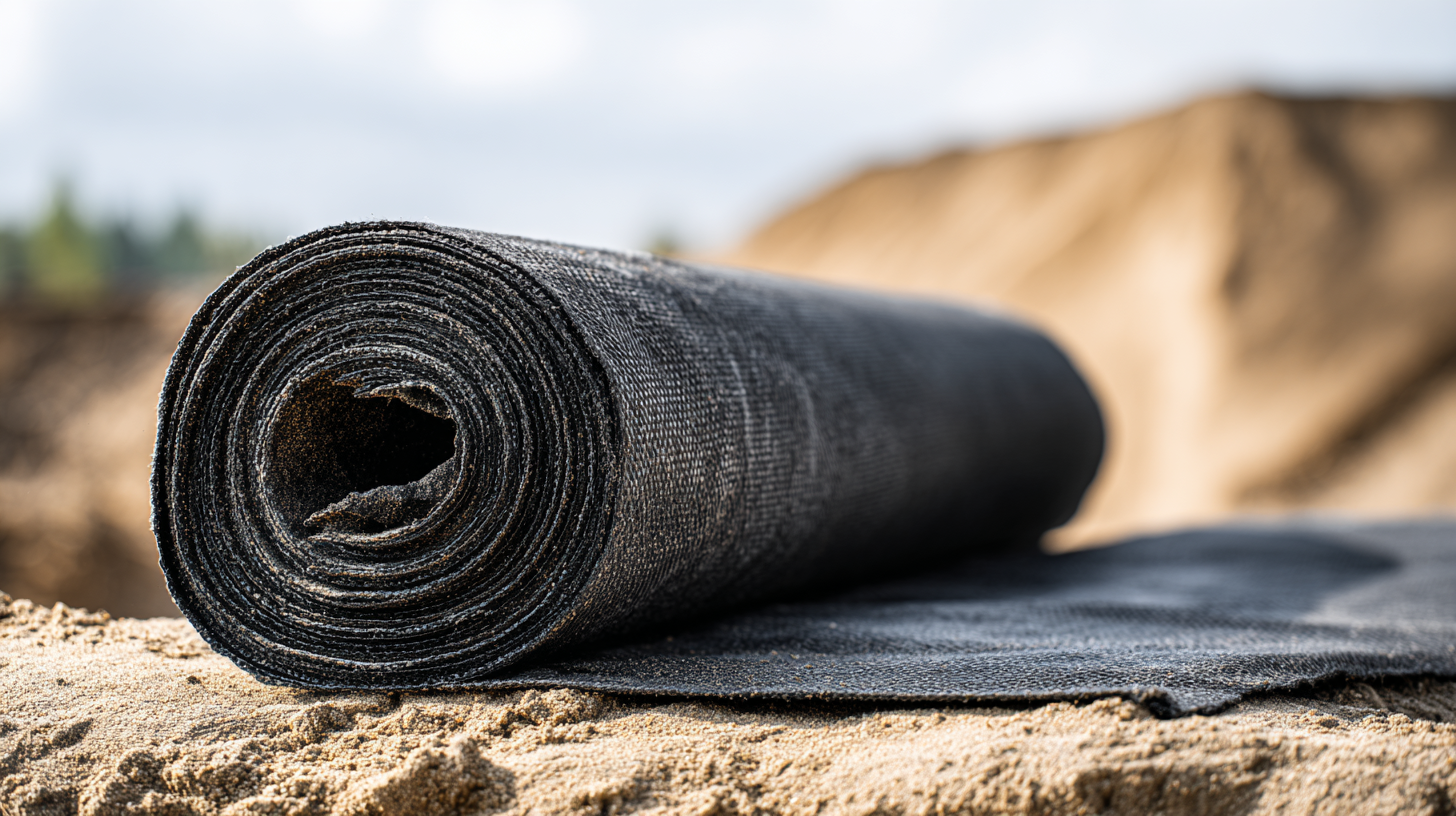
In the construction and civil engineering sectors, polypropylene (PP) geotextiles have gained significant traction due to their versatile applications. These materials provide critical functions, such as drainage, filtration, and soil stabilization, which enhance the performance and longevity of infrastructure projects. Recent industry reports indicate that the global market for geotextiles is expected to grow at a CAGR of 10.5% from 2021 to 2026, reflecting the increasing adoption of geosynthetics in construction projects. For instance, structures such as high-rise buildings and sprawling urban developments benefit from the unique properties of PP geotextiles, as they mitigate issues related to soil erosion and enhance overall structural integrity.
Moreover, with innovative technologies emerging, such as the integration of Building Information Modeling (BIM) and advancements in smart construction techniques, the utilization of PP geotextiles is becoming even more efficient. The recent launch of a 600-meter super-tall building project showcased the precision and accuracy that modern construction technologies can achieve, boasting a construction error of only 2 millimeters. This exemplifies the importance of reliable materials like PP geotextiles that can support robust engineering practices. As the industry focuses on sustainable development, leveraging such materials will be crucial for meeting stringent building codes and achieving performance that withstands environmental challenges.
The demand for polypropylene (PP) geotextiles is witnessing significant growth, driven by infrastructure development and an increasing focus on sustainable construction practices. As urbanization accelerates, the need for effective soil stabilization and erosion control has become paramount. PP geotextiles provide an ideal solution due to their durability, lightweight nature, and resistance to environmental degradation. Industries ranging from transportation to landscaping are increasingly adopting these materials, leading to a surge in market dynamics and competitive strategies among manufacturers.
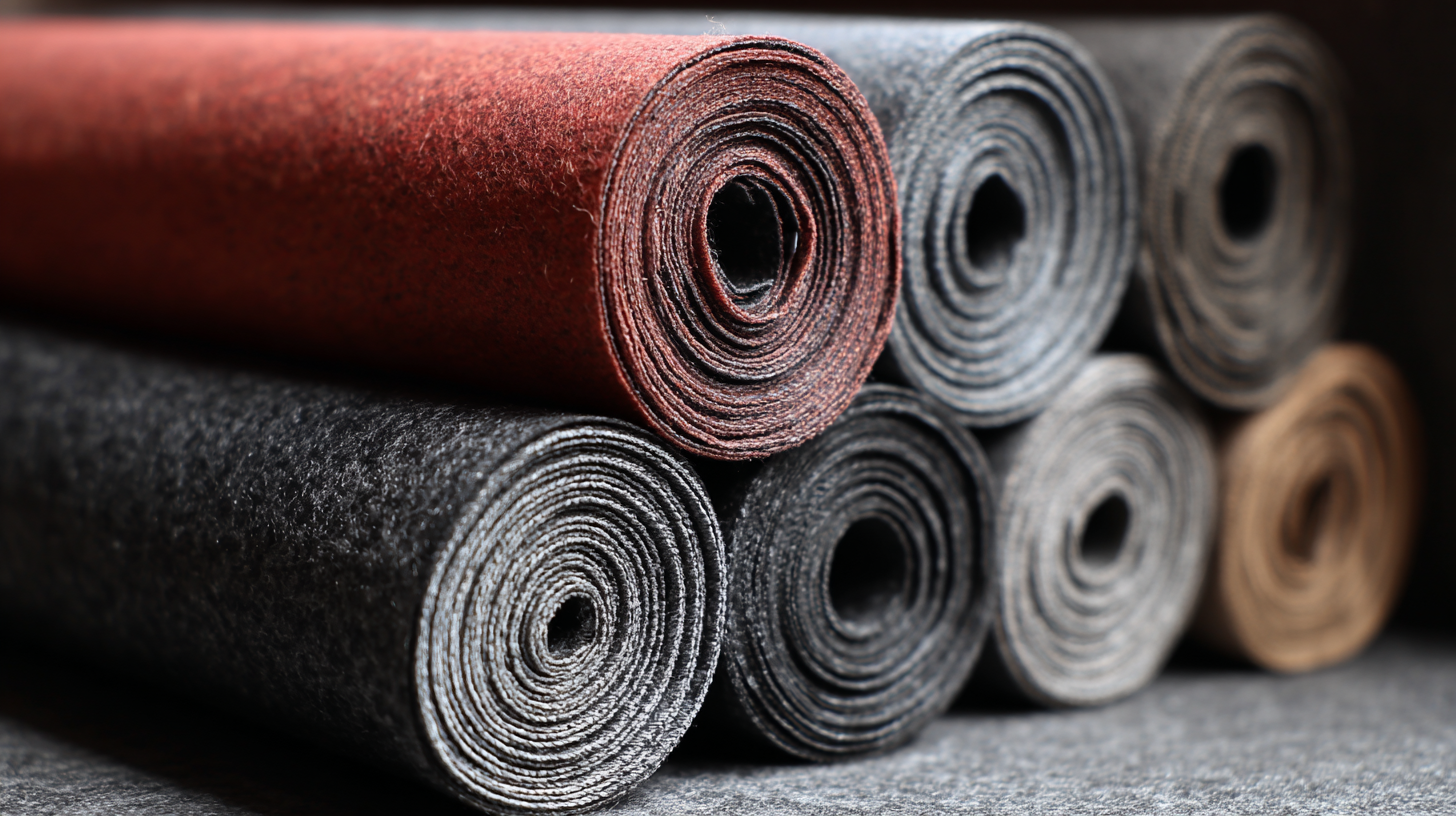
In the current landscape, major players are enhancing their product offerings to maintain a competitive edge. Innovations in production techniques and the introduction of multifunctional geotextiles are reshaping market trends. Moreover, environmental regulations are pushing companies towards sustainable practices, resulting in the increased use of recycled materials in PP geotextile production. This shift not only aligns with global sustainability goals but also caters to a growing consumer preference for eco-friendly products. As the market evolves, stakeholders are keenly observing these trends to capture the rising demand and adapt their strategies accordingly.


